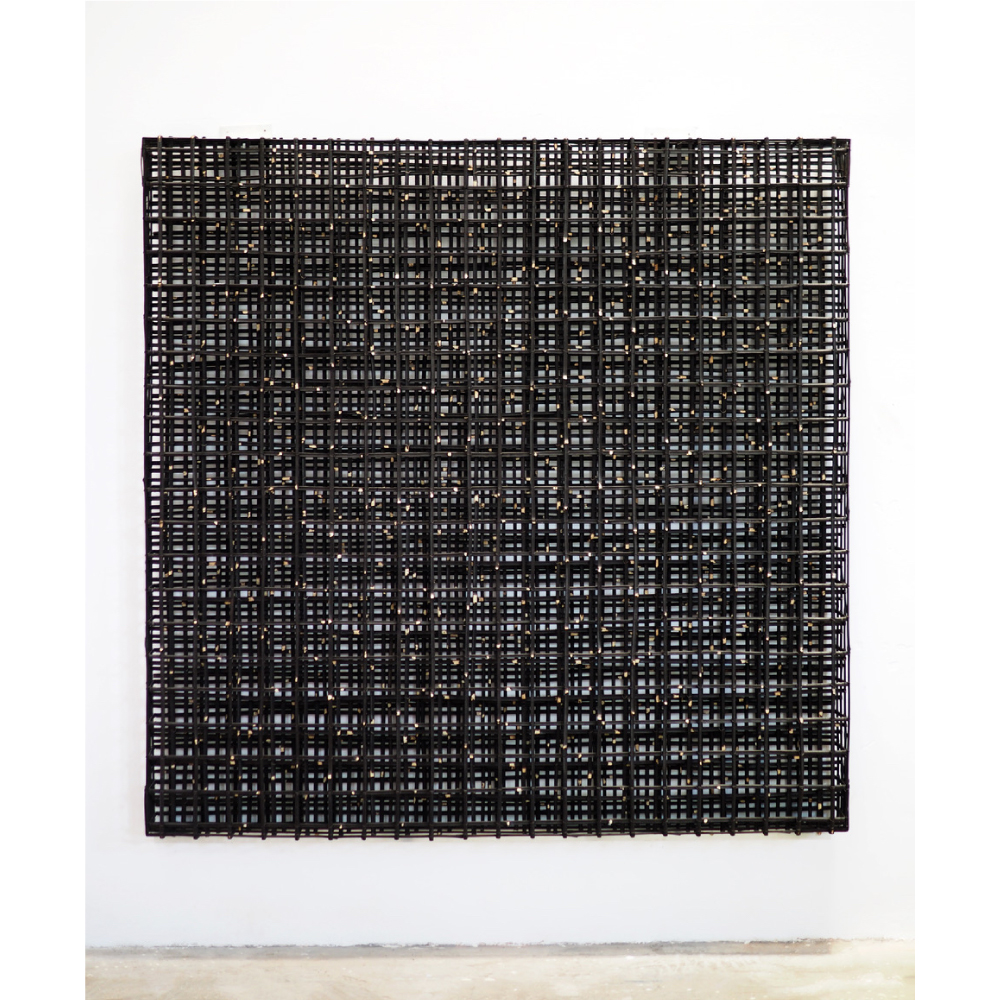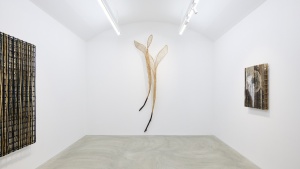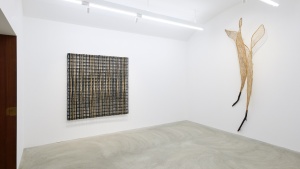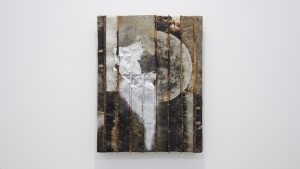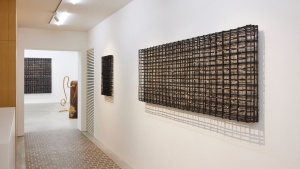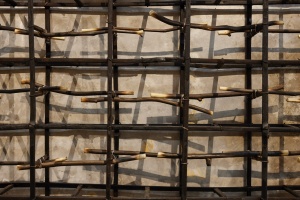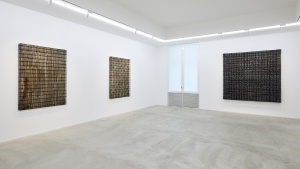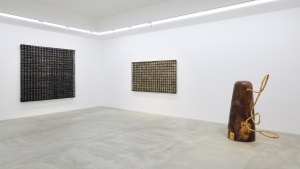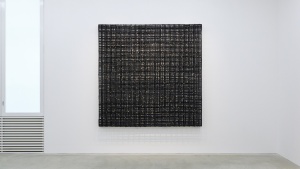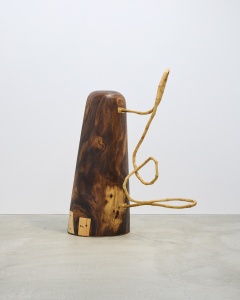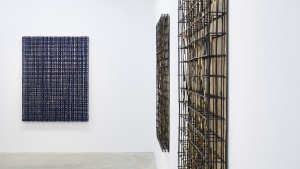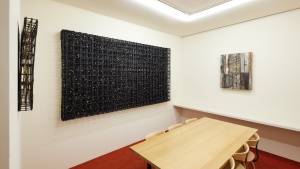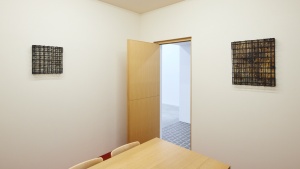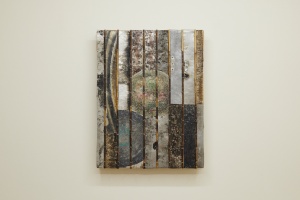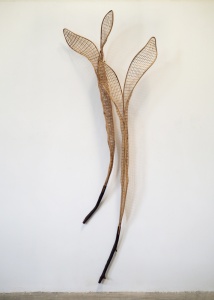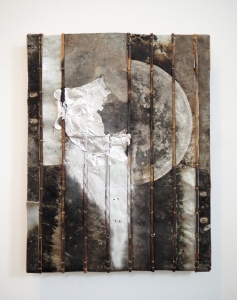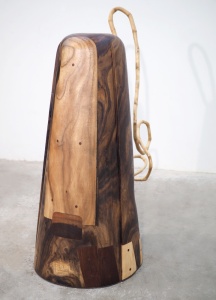Tomio Koyama Gallery Roppongi is pleased to present “Every Turn A Refuge,” a solo exhibition featuring works by Sopheap Pich.
【Online Viewing】
Matterport by wonderstock_photo
Sopheap Pich is recognized as one of the leading Cambodian artists active within the contemporary art scene. Throughout his career he has produced work that express a heartfelt respect and passion for Cambodian culture, as well as its history, nature, handcrafts, and materials through sophisticated contemporary structures.
Pich’s works, which resonate with his own background and environment, and provide a sense of refuge and comfort, have received high international acclaim, and are housed in the collections of museums around the world including the Metropolitan Museum of Art and Solomon R. Guggenheim Museum (New York), Centre Georges Pompidou (Paris), M+ (Hong Kong), The Museum of Contemporary Art Tokyo, and Mori Art Museum.
His major exhibitions include, “dOCUMENTA 13” (2012), the solo show “Cambodian Rattan: The Sculptures of Sopheap Pich” at the Metropolitan Museum of Art, New York (2013), “Venice Biennale” Viva Arte Viva” (2017), and “14th Gwangju Biennale: soft and weak like water” (2023). In Japan he has participated in the Mori Art Museum’s group exhibition “Sunshower: Contemporary Art from Southeast Asia 1980s to Now” (2017) for which his work was featured on the cover of the exhibition catalog, as well as the exhibition “WORLD CLASSROOM: Contemporary Art through School Subjects” (2023) also held at Mori Art Museum. His work is also on display as public art in Toranomon Hills Residential Tower, completed in 2022.
【About the Exhibition and New Works: A New Approach to Materials, The Interweaving of Nature, Refuge, and the Calm Passage of Time】
A highly important element in the production of Pich’s works is his engagement with locally rooted materials such as bamboo, rattan, beeswax, wood, stone, burlap, animal hide and earth pigments, as well as a meticulous process that entails developing new ideas and then repeatedly undertaking motions of splitting, tying with wires, and weaving.
The materials used in his previous works were acquired mainly through local purchase, yet on this occasion, he for the first time uses bamboo growing in the garden of his studio and house to produce his relief works such as “Nocturne” and “Dissolving Stars.”
Planted about eight or nine years ago and grown as a natural enclosure for his studio and house, the bamboo had increased in both quantity and maturity, making Pich feel inclined to use them for his sculptures. However, as the bamboo had nodes that were much thicker and closer together than those he had used previously, the tree was more challenging to split, with a long time needed to be spent in its preparation process.
For this reason, it occurred to him to change his thinking about his sculptures, and imagine different ways of working.
To take advantage of its specific qualities, rather than shaving away the nodes, he decided to “give them recognition, and a voice.” He worked with minimal materials, adding black ink to the bamboo to increase its symbolic value, and as for the nodes, he chipped away the black ink to reveal their inner color and texture. This simple gesture gave the work a sense of space and depth that might conjure the night sky. There is also an emotional resonance to these works that were unexpected, somewhat akin to music.
The work “Ravine” uses household items made of tin or aluminum such as old pots, pans, kettles, rice cookers, and buckets bought from recycling shops around the city, that were hammered flat, cut or shaped into various forms, and at times even used to ‘cast’ other objects. Aluminum wares remain ubiquitous in Cambodia because they are inexpensive, and these vessels carry a lot of the artist’s memories from his childhood.
“Bauhinia Purpurea” is Pich’s on-going homage to nature.
Bauhinia Purpurea is a tropical tree known more for its flowers and leaves, both of which are used to add a sour element in cooking in Southeast and South Asia. Its leaves and bark are also often used for medicinal purposes. However, the seedpod, that has a graceful and twisting form, is often overlooked. Pich focused on these pods and used them as a motif, weaving rattan to create a large, exquisitely elegant work measuring about 3 meters high.
The rain tree, used as material for the floor-standing work “Refuge,” is prevalent in the tropics and provides plenty of shade, and has a distinctive grain that is wavy and eye-catching. The main structural element of the work is made from its hollowed-out trunk, with other slabs of wood carefully jig-sawed in place, transforming the tree’s appearance into something different altogether. The bamboo stems that form the other element of the work were collected from Pich’s farm in the Kirirom Mountains in southern Cambodia, and grow in incredible twists and turns due to its struggle to find light in the dense thicket. The mysterious presence of both these elements appear to resonate harmoniously with one another.
Such works represent the inspiration that nature gives Pich in its endlessly beautiful forms, while its unpredictability and adaptability reflect the ubiquity of nature. They inform us that even small things that have been overlooked for a long time can become instruments for further and greater explorations.
Mami Kataoka, Director of the Mori Art Museum, critiques on Pich as follows:
“Pich’s fundamental core lies within the histories and memories recounted by these materials, or in the existences of these materials themselves.”
(Mami Kataoka “The Detachment of Wood and Stone: the Politics of Sopheap Pich,” Sopheap Pich RECLAIM exhibition catalogue, Tomio Koyama Gallery, 2019)
Pich’s work also encourages those who view them to take refuge in slowly enjoying the passage of time. Our minds are liberated as we stop and gaze upon his creations. We welcome visitors to take this opportunity to embrace and explore the world of his latest oeuvre.
—————————————————————————————–
For press inquiries, please contact: press@tomiokoyamagallery.com (Makiko Okado)
—————————————————————————————–

